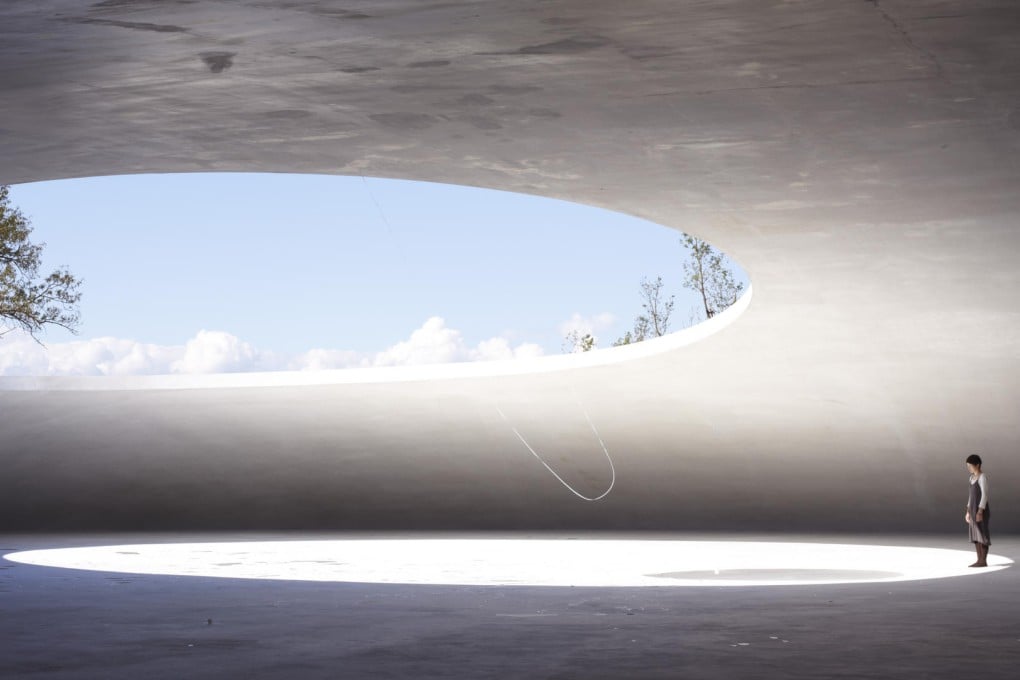Japan's Seto Inland Sea islands enjoy artistic renaissance
A handful of islands in Japan's Seto Inland Sea are enjoying something of a revival thanks to a company's artistic vision - and olives. Mark Footer reports.

In a dark room by a little beach on the island of Teshima beats the heart of one Mark Footer, from Hong Kong.
Among the 46,038 (and counting) heartbeats that boom in the Heart Room of Les Archives du Coeur, one at a time, each beat illuminating ever so briefly a naked light bulb, is also that of Christian Boltanski. The French artist has been storing heartbeats, recorded on-site and elsewhere, here since 2008; it is one of a number of sites of artistic interest on Teshima (population: 1,000) and other islands in Japan's Seto Inland Sea.
In a region of heavy industry, the Inland Sea - a 450km-long body of water that separates Honshu, Shikoku and Kyushu, three of the country's four main islands - has long been used for maritime transport. It became polluted as a consequence of Japan's rapid industrialisation, which affected livelihoods on many of its smaller islands. As the population has aged across Japan, many of these islands have depopulated and some of their villages fallen into neglect.

The process is being reversed on a handful of islands under the patronage of Benesse Holdings. The Japanese company focuses on correspondence education and publishing but has brought together art, architecture and nature in projects on Naoshima - the epicentre of the grand experiment - Teshima and Inujima, home to the Seirensho Art Museum, which perhaps best represents the motto of Soichiro Fukutake, president of the Benesse Art Site: "Use what exists to create what is to be".
Naoshima and Teshima, until 1990 an illegal dumping ground for industrial waste, fall within the maritime boundary of Kagawa, Japan's smallest prefecture, as do nine of the other 10 islands that will co-host the third Setouchi Triennale festival of art, next year.
